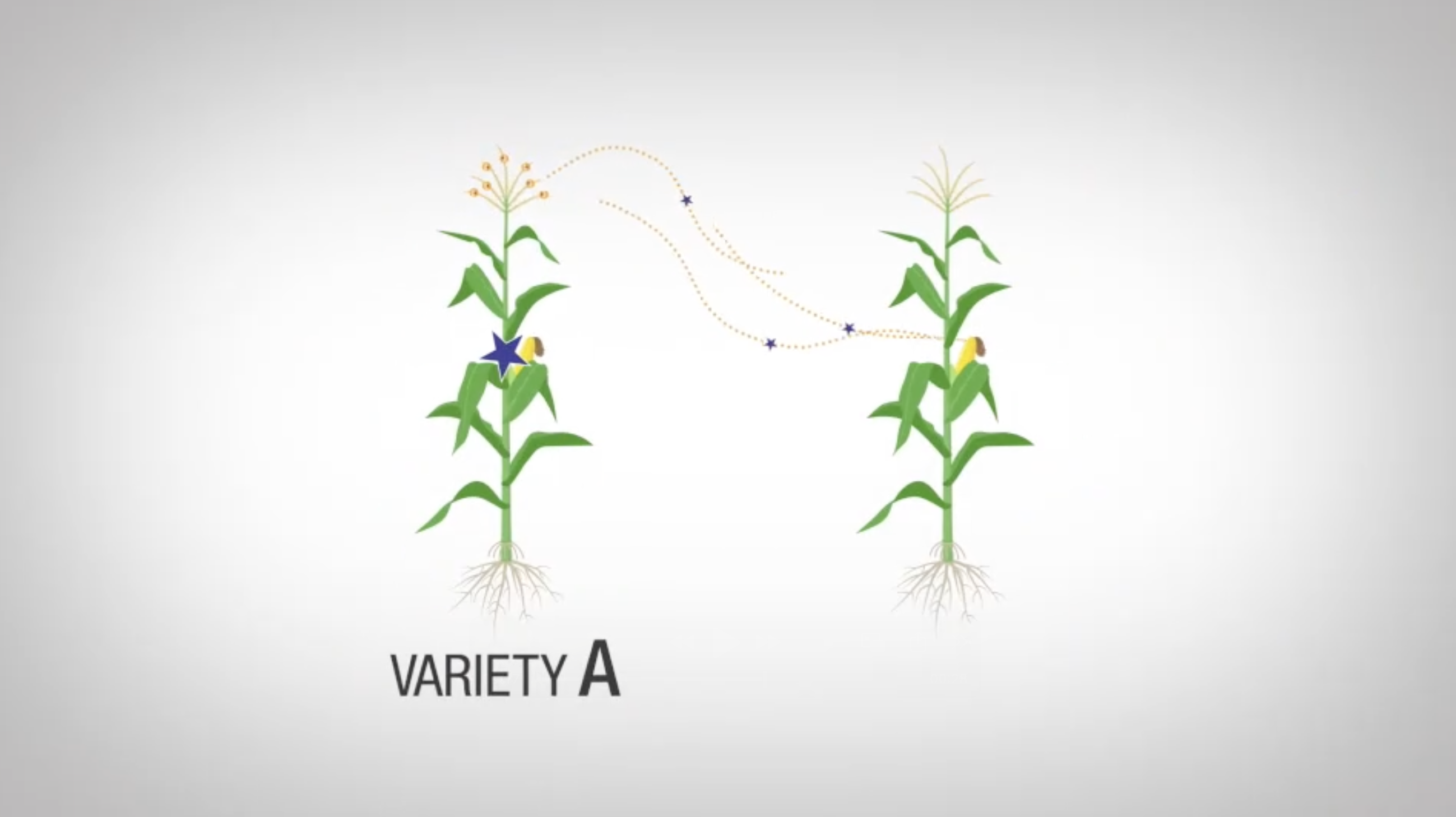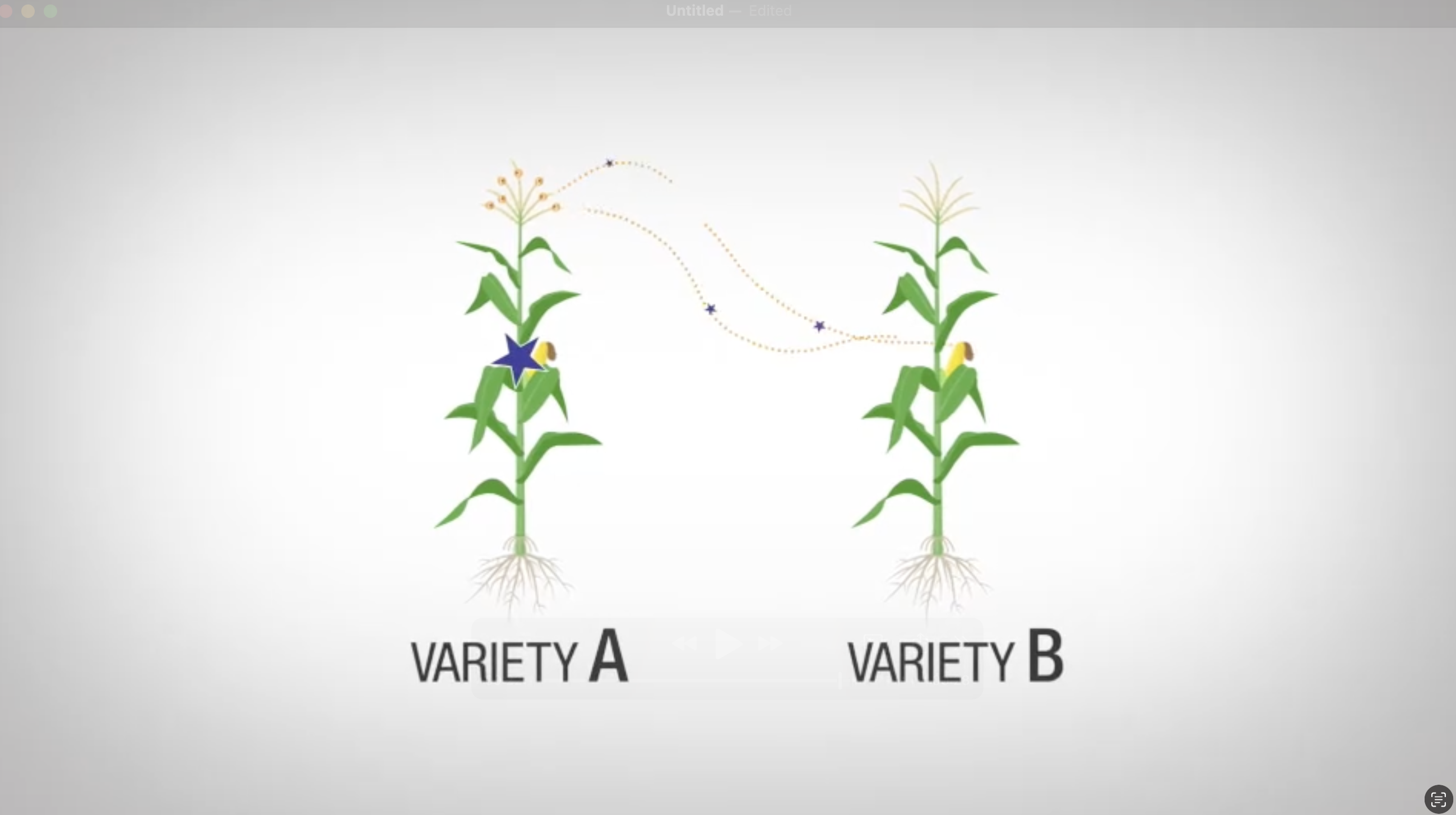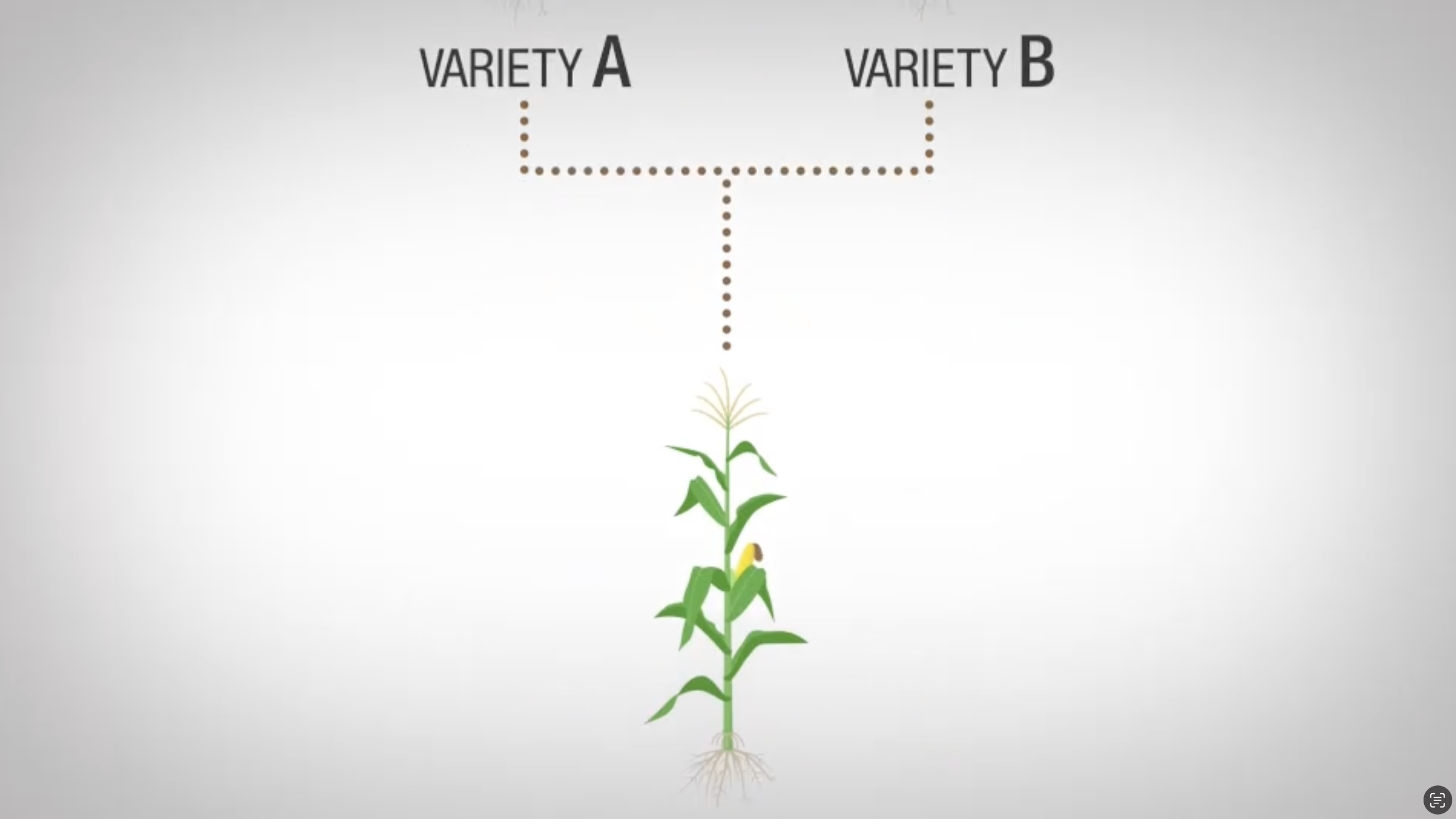The HI-Edit breakthrough
Syngenta scientists are unlocking the genetic secrets to higher yields and healthier crops.
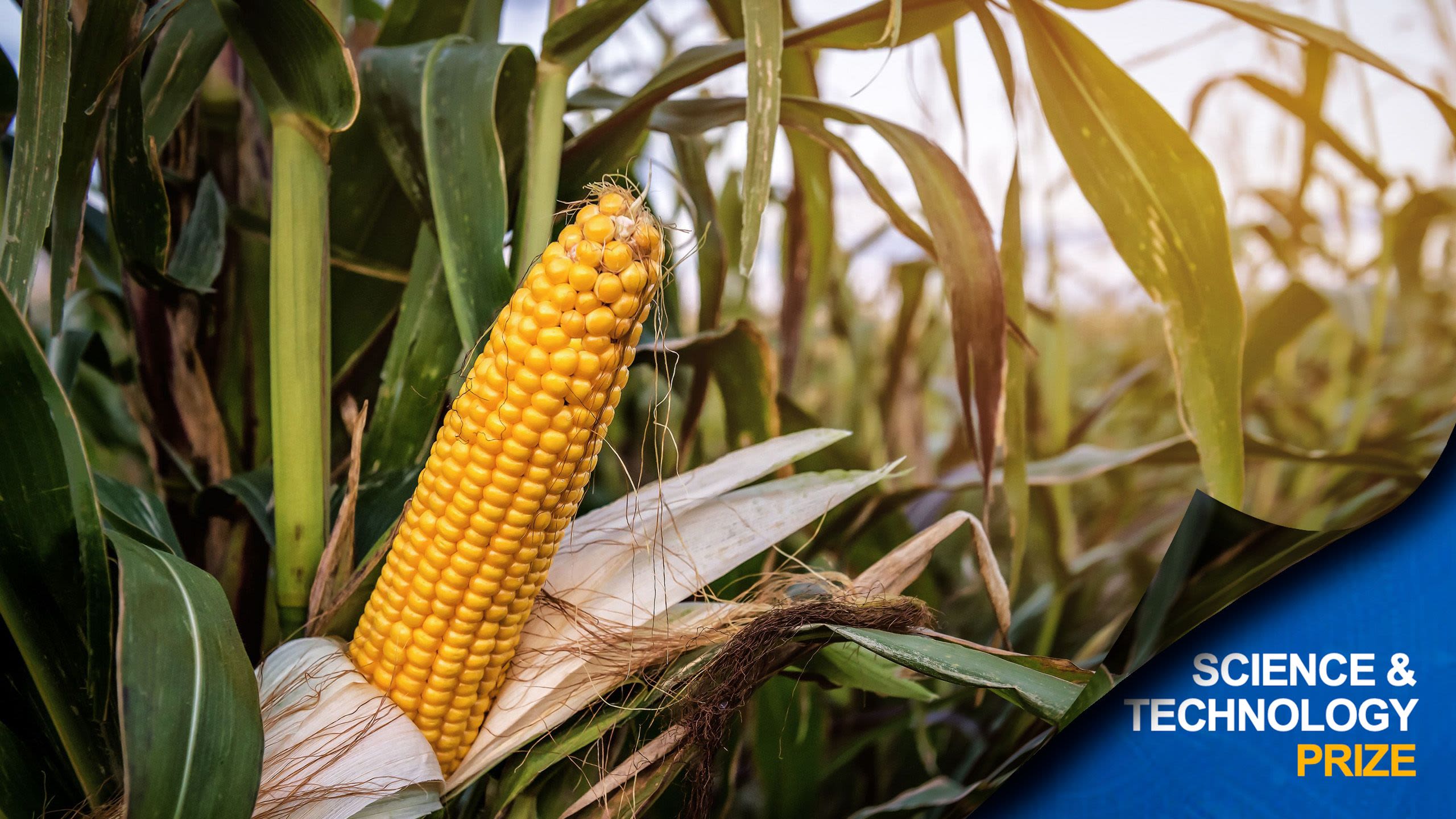
Farmers around the world urgently need new corn varieties that can deal with rapidly changing weather conditions as well as new diseases and pests. Getting desirable traits such as disease resistance into new corn hybrids depends upon haploid plants.
Put simply, a haploid plant is corn with a unique genetic quirk. Instead of inheriting genes from both parents, it only contains genetic material from one parent.
Haploids provide a stable starting point for creating new hybrid corn varieties and play a vital role in the global food supply chain - they are the starting point for unlocking the full genetic potential of every corn crop.
As a result, Syngenta produces millions of haploid plants every year. Traditionally, this breeding process takes a lot of resources and a lot of time. But what if it doesn’t have to? What if, instead, there was a way to trigger the development of haploid plants much more efficiently?
That’s the breakthrough made by Tim Kelliher, the Head of Crop Trait and Technology Discovery at Syngenta.

Tim Kelliher, Syngenta Seeds R&D Scientist
Tim Kelliher, Syngenta Seeds R&D Scientist
In a Science and Technology Prize-winning research project that was published in the prestigious journal Nature, Kelliher and team identified the genetic basis that influences whether plants will develop as haploids.
On being awarded the prize, Kelliher said it was “an honor to have been awarded this prize given the distinguished work that other people have done to win it. I’m excited that this fascinating but weird biology is getting all this attention.”
What is the Syngenta Science & Technology Prize?
Syngenta recognizes our scientists' achievements and celebrates the breakthroughs that emerge from their work through the Science and Technology (S&T) Prize. Investing in exceptional talent and celebrating innovation is one of the reasons we are known as a top five science employer.
Corn breeders and geneticists had already been doing extensive gene mapping, so Kelliher and the team built on their work. They carried out detailed genetic sequencing to identify a promising line, and with further profiling, they were able to pinpoint the crucial gene responsible for the haploid trait.
Kelliher describes the crucial moment: “Looking at the native gene sequence of a normal line compared to the one that made haploids, there was a four base pair sequence missing in the one that made haploids. When I saw it, I smiled and, with my heart pounding, said 'oh, there it is'.”
That change was very small – after all, there are two billion base pairs in the whole genome – but significant. Kelliher says: “it meant that gene was broken in the line that made haploids, and therefore was likely the trigger. Later biotechnology (complementation and genome editing) experiments proved this correct.”
This was a vital scientific achievement in itself. But Kelliher and other Syngenta scientists took it even further by combining this insight with the power of CRISPR genome editing technology. They developed a proprietary, patented process called HI-Edit™ that integrates haploid induction and genome editing.
Corn breeders and geneticists had already been doing extensive gene mapping, so Kelliher and the team built on their work. They carried out detailed genetic sequencing to identify a promising line, and with further profiling, they were able to pinpoint the crucial gene responsible for the haploid trait.
Kelliher describes the crucial moment: “Looking at the native gene sequence of a normal line compared to the one that made haploids, there was a four base pair sequence missing in the one that made haploids. When I saw it, I smiled and, with my heart pounding, said 'oh, there it is'.”
That change was very small – after all, there are two billion base pairs in the whole genome – but significant. Kelliher says: “It meant that gene was broken in the line that made haploids, and therefore was likely the trigger. Later biotechnology (complementation and genome editing) experiments proved this correct.”
This was a vital scientific achievement in itself. But Kelliher and other Syngenta scientists took it even further by combining this insight with the power of CRISPR genome editing technology. They developed a proprietary, patented process called HI-Edit™ that integrates haploid induction and genome editing.
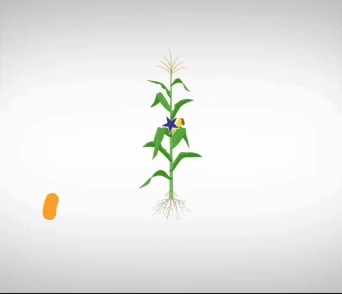
HI-Edit has the potential to rapidly increase the speed of trait introgression to bring new crop traits to the market. Given that it can take a decade or longer to bring a new trait to market, HI-Edit's ability to speed up the breeding cycle while preserving genetic stability means farmers can access these innovations much faster.
The applications of HI-Edit technology are wide ranging, from helping crops adapt to stresses such as changes in weather patterns to even potentially reviving crop varieties which have fallen out of favor with growers.
HI-Edit represents an application of CRISPR technology and this technology has already advanced in the space of just a few short years. However, the challenges of maximizing yields depend upon continued scientific innovation.
To further accelerate agricultural innovation, Syngenta has made some of their gene editing technologies available through an open-source platform called 'Shoots by Syngenta'. This gives academic researchers cutting-edge tools for developing new scientific solutions.
Feeding the world’s growing population isn’t easy, but when farmers must grow more food at the same time as facing off against diseases, pests and an increasingly changeable climate, making the most of the genetic possibilities of every single plant is a vital task.
The science carried out by Kelliher and his team is directly connected to some of the biggest global challenges – food security, tackling climate change and empowering farmers.
It’s this that makes scientific research at Syngenta so vital. Kelliher says: “Every dollar invested in plant science research over the past 100 years has returned $8 in terms of economic productivity. The power of innovation is now being focused on sustainably growing more food with less land, and while there are many challenges, we have the tools in our hands to achieve our goal.”
And, as Kelliher’s research shows, paying attention to even the smallest quirks of genetics can have enormous benefits – for farmers, for food production and the world at large.



